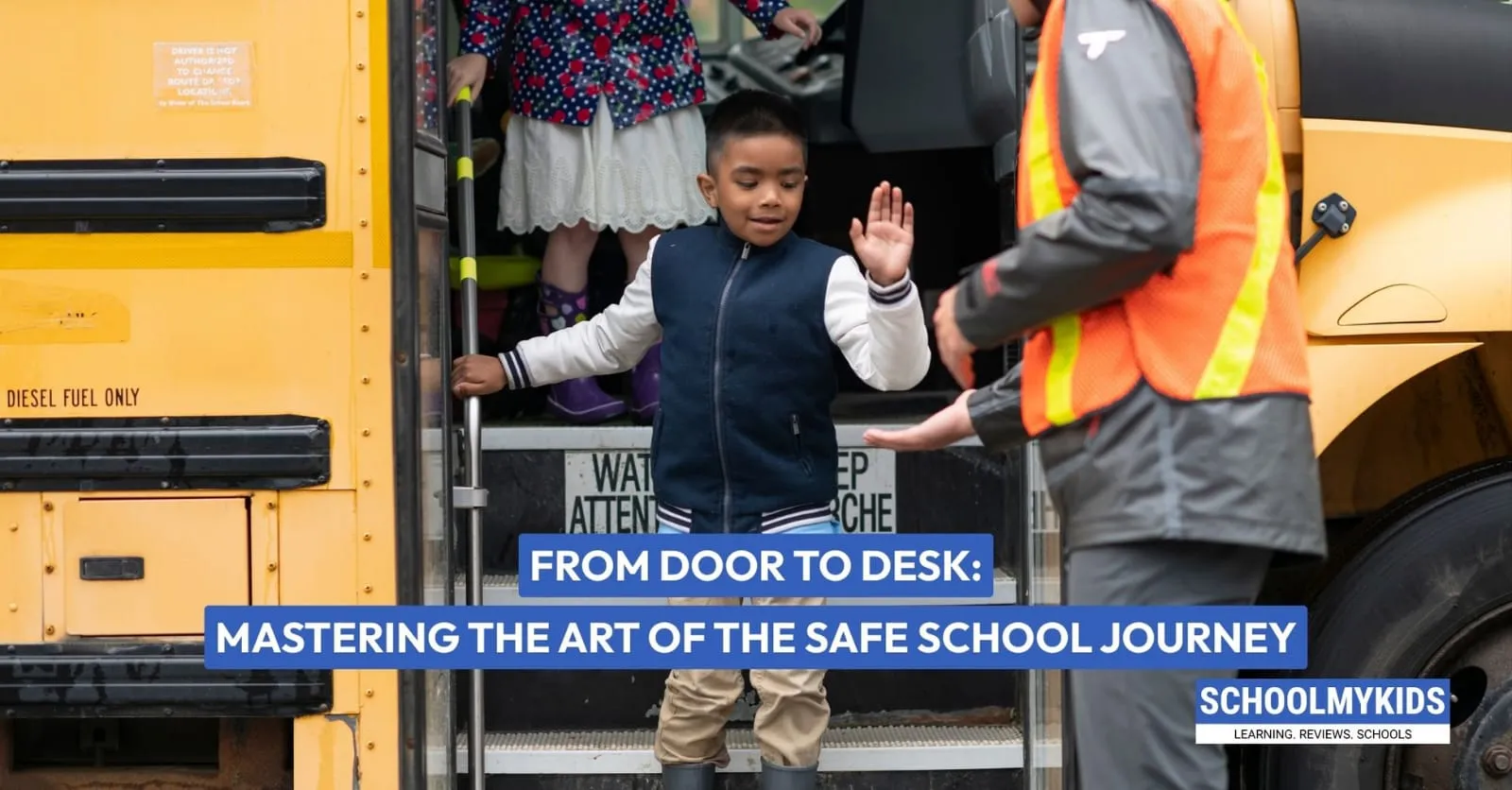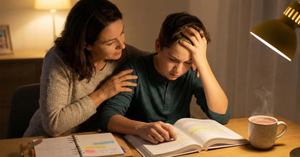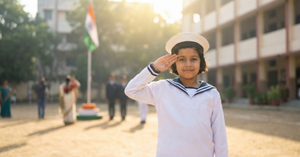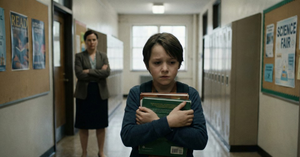As parents, we all want our children to be safe, confident, and prepared as they make their daily journey to and from school. Whether they're walking, biking, taking the bus, or getting dropped off, there's a lot that goes into ensuring they arrive safely at their desk each morning and back home each afternoon.
Today's world presents unique challenges that weren't necessarily on our radar when we were kids. From smartphone distractions to changing neighborhood dynamics, the school journey looks different these days than it did in previous generations.
Let's explore everything you need to teach your children about getting to and from school safely.
Before They Leave Home
The Morning Checklist
Start with establishing a reliable morning routine that includes:
- Packing their backpack the night before (to avoid forgotten items)
- Ensuring they have their phone (if applicable) fully charged
- Wearing appropriate clothing for the weather
- Having a healthy breakfast to fuel their brain and body
- Carrying emergency contact information
- Having their student ID and any transit passes accessible
Route Planning
Don't assume your child knows the safest route to school. Walk or drive the route together multiple times before they do it alone:
- Point out landmarks they can use for navigation
- Identify safe spots like trusted neighbors' homes or businesses where they could get help if needed
- Map out alternate routes for emergencies
- Time the journey so they know exactly when to leave home
Walking to School
Walking to school builds independence, but requires specific safety skills:
Street Safety Basics
- Always use sidewalks when available
- If no sidewalk exists, walk facing traffic
- Cross streets at crosswalks and intersections
- Use the "stop, look, listen" approach at all crossings
- Never assume drivers see you - make eye contact before crossing
- Put away phones and earbuds when crossing streets
Personal Awareness
- Walk with friends when possible (safety in numbers)
- Avoid shortcuts through isolated areas, even if they save time
- Stay in well-lit, populated areas
- Trust your gut feeling - if anything feels wrong, seek help
- Never accept rides from strangers, even people who claim to know you or your parents
Biking to School
Biking offers independence and exercise, but requires additional safety measures:
- Always wear a properly fitted helmet (no exceptions!)
- Use bike lanes when available
- Follow traffic rules - bikes are vehicles too
- Use hand signals for turning
- Ensure bikes have proper lights and reflectors
- Lock bikes securely at school with a quality lock
- Consider using tracking devices on bikes to help locate them if they are stolen
Bus Safety
School buses are statistically the safest way for kids to get to school, but there are still important lessons to teach:
- Reach the bus stop at least 5 minutes early
- Stand back from the curb (at least 3 giant steps)
- Wait for the bus to fully stop before coming closer
- Never walk behind a bus
- If you drop anything near the bus, tell the driver rather than picking it up yourself
- Stay seated while the bus is moving
- Keep the aisle clear
- Listen to the bus driver's instructions
- Use an inside voice to avoid distracting the driver
Car Drop-offs and Carpools
For parent drop-offs and carpools:
- Use the designated drop-off areas (not random spots that might be more convenient)
- Have children exit on the curbside, never into traffic
- Wait until children are safely inside the school before driving away
- Establish clear pickup plans and contingencies if you're running late
- Teach children to never go with anyone other than designated pickup people, even if they claim to be sent by you
Digital Safety Along the Way
Today's school journeys often involve digital elements:
- Consider using tracking apps that allow you to monitor their journey
- Establish check-in protocols (a quick text when they arrive at school)
- Teach responsible phone use while walking/traveling (no texting while crossing streets)
- Discuss what information is ok to share online about their route or routine (hint: very little)
- Have backup phone battery packs for longer journeys
Special Circumstances
Weather Emergencies
- Have plans for extreme weather (heat, cold, storms)
- Know the school's early dismissal procedures
- Identify safe shelters along the route if unexpected weather hits
Bullying and Harassment
Unfortunately, the journey to school can sometimes involve bullying:
- Encourage open communication about any problems
- Role-play responses to common bullying scenarios
- Identify trusted adults along the route who can help
- Report consistent problems to school administrators
- Consider buddy systems with other children
Medical Emergencies
- Ensure children with medical conditions wear medical alert bracelets
- Teach them how to communicate their condition to first responders
- For children with medications, ensure they know how to access them
Building Confidence Through Practice
The key to mastering the school journey is practice:
- Do several "dry runs" before school starts
- Gradually increase independence while maintaining appropriate supervision
- Role-play potential problems and solutions
- Celebrate milestones of independence
Conclusion
The journey to school is about more than just physical safety—it's an opportunity to build confidence, independence, and problem-solving skills. By teaching these safety practices in a matter-of-fact, empowering way (rather than through fear), we help our children develop the skills they'll need throughout life.
Remember that what works for one child may not work for another, and what's appropriate for a 12-year-old isn't necessarily right for a 6-year-old. Adjust your approach based on your child's maturity level, your neighborhood's specific challenges, and your comfort level as a parent.









Be the first one to comment on this story.